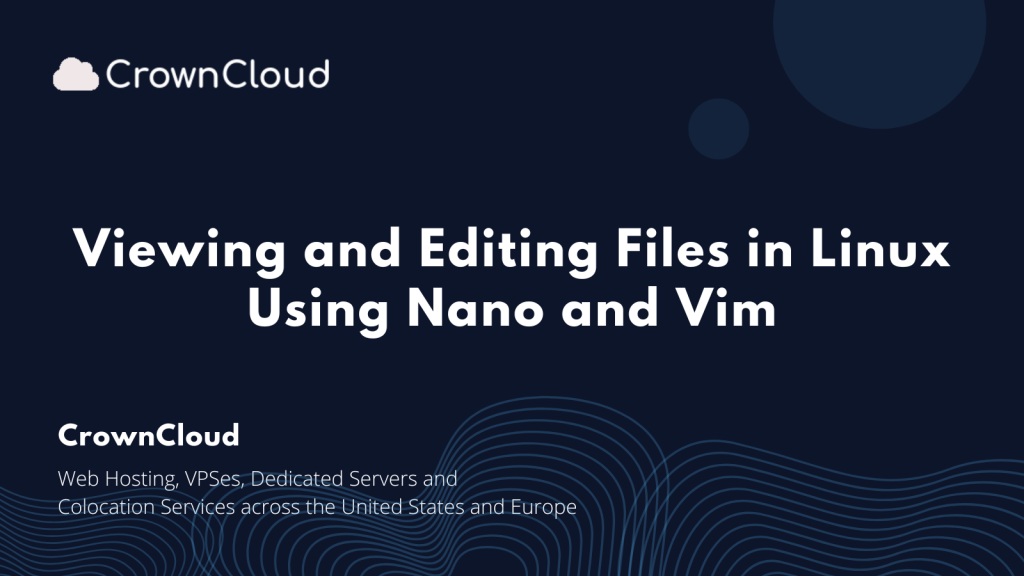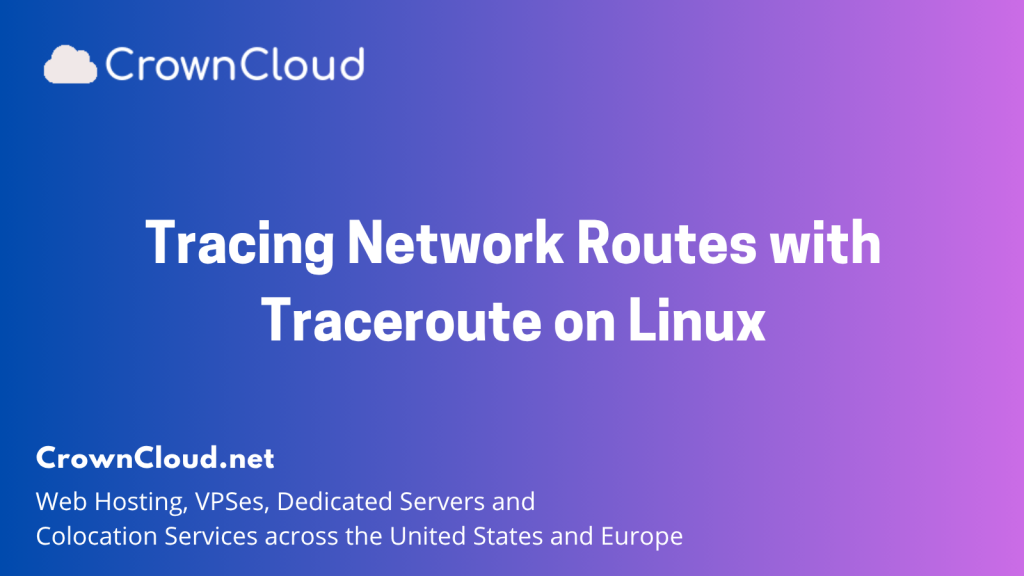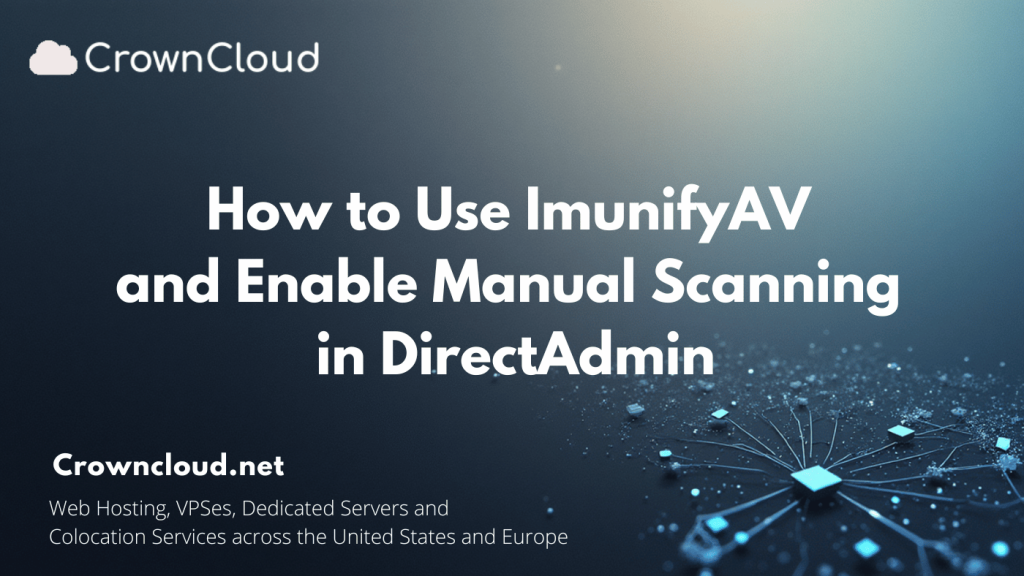
As we enter 2026, Team CrownCloud wishes you a wonderful and successful New Year! May this year bring you countless possibilities, treasured memories, and astounding accomplishments. Thank you for being a key part of our journey. Your support motivates us to reach new heights, and we can’t wait to continue serving you with excellence in the coming year. We wish you and your loved ones a year of happiness and wealth.… Read More




